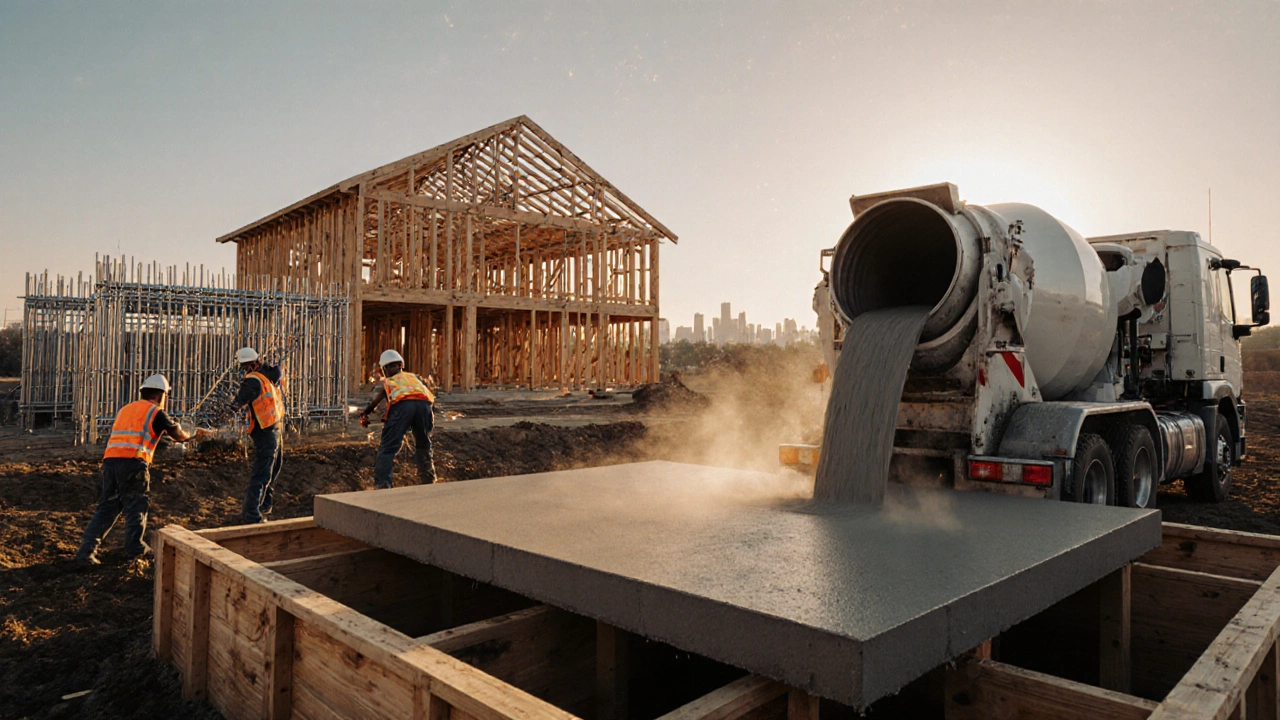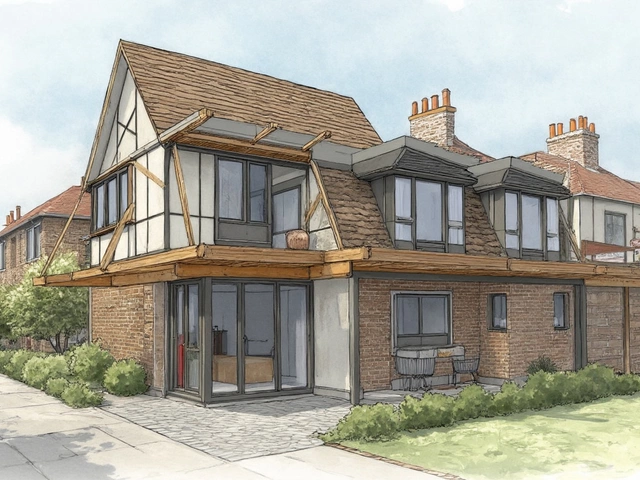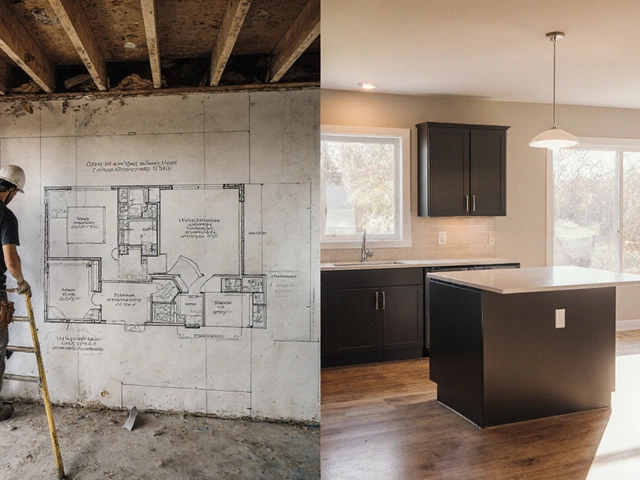Construction material types
When working with Construction material types, the categories of raw or processed substances used to build structures. Also known as building materials, it determines the strength, cost, and visual appeal of every project. Did you know the right choice can add up to 30% to your overall budget, while the wrong one can cause costly repairs later? Let’s break down the most common families so you can decide what fits your site, timeline, and budget.
Core families you’ll meet on any job site
Natural stone is the oldest family of construction material types. The most widely used stone is Limestone, a natural sedimentary rock used for walls, foundations and decorative features. It’s cheap, easy to cut, and works well for load‑bearing walls when properly reinforced. Next up is Concrete, a manufactured mixture of cement, water, sand and aggregates that hardens into a stone‑like mass. Concrete dominates modern construction because it can be poured into any shape, offers high compressive strength, and sets quickly with the right admixtures. Together, limestone and concrete cover most foundation and wall applications.
When you need tensile strength or long‑span support, you’ll turn to metals. Steel, an alloy of iron and carbon prized for its high strength‑to‑weight ratio and flexibility is the go‑to choice for beams, columns, and reinforcement cages. It resists bending, lasts for decades, and can be recycled at the end of its life. For smaller, non‑structural parts, brick remains a staple. Brick, a fired clay unit that provides good compressive strength and thermal mass is favored for its aesthetic variety, fire resistance, and low maintenance. Knowing when to pair stone, concrete, steel, or brick is the first step toward a balanced, cost‑effective design.
Residential projects often favor brick facades and limestone trims because they convey a classic look while staying affordable. Commercial builds, on the other hand, lean heavily on concrete slabs and steel frames to meet higher load requirements and faster construction schedules. The type of roof, flooring, and interior finishes you plan will also dictate which material family makes the most sense. For example, a heavy tile roof needs a stronger concrete or steel joist system, whereas a lightweight metal roof can work with a simpler timber frame.
Environmental impact is becoming a deciding factor for many owners. Limestone quarried locally reduces transportation emissions, while recycled concrete aggregates cut down on raw material extraction. Steel produced from electric‑arc furnaces uses scrap metal, lowering its carbon footprint. Brick, when sourced from regional manufacturers, also offers a greener profile due to shorter haul distances. Choosing materials that align with sustainability goals can earn you green‑building certifications and appeal to eco‑conscious buyers.
Cost considerations go beyond the sticker price. Remember to factor in installation labor, required formwork, and any necessary waterproofing or fire‑proofing treatments. Local quarries often provide competitive pricing for limestone and can deliver directly to the site, saving both time and money. Concrete mixes can be tailored with additives that reduce shrinkage, decreasing future repair costs. Steel prices fluctuate with market demand, so locking in a supply contract early can protect your budget. By weighing upfront costs against long‑term performance, you’ll avoid surprise expenses down the line.
Below you’ll find a curated list of articles that dive deeper into these topics. From understanding commercial classification and foundation repair methods to choosing the right flooring for new builds, the collection gives you practical insights for every stage of a construction project. Keep reading to discover how each material choice plays out in real‑world scenarios and learn actionable tips you can apply right away.
Top 10 Common Construction Materials Used Today

Explore the 10 most common construction materials, their key properties, costs, and best uses. Includes a comparison table, selection guide, and FAQs for faster decision‑making.
read more



